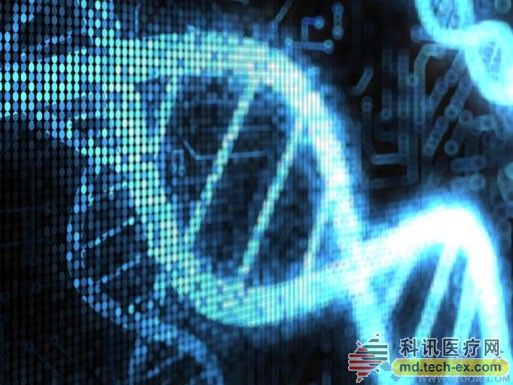NIH invests another $48 million to support genomic data into electronic health records
Release date: 2015-09-11

The National Center for Health (NIH) recently announced that it will invest a total of $48 million in dedicated collection of integrated genomic information and its entry into the electronic health record system. As planned, NIH will fund at least ten research institutions to be responsible for one aspect of the program. NIH's plan is to improve the electronic health case system and the medical insurance system and to serve the precision medical plan.
Among them, Brigham and Women's Hospital and Baylor College of Medicine will receive the largest piece of cake. The two research institutes will serve as the sequencing and genotyping center for NIH's project, and will share $16.9 million in research and development funding over the next four years. At present, research funding is already in place, and specific funding will depend on the progress of each research institution.
NIH's Dr. Rongling Li said in a statement that the new funding program aims to find the types of genes that can help with clinical treatment and drug development for disease with the latest sequencing technology. The NIH program conducts a study of a total of 100 disease-related genes. In addition to the above two research units, NIH has selected ten research teams as partners, and Columbia University, Mayo Medical School and Geisinger Health System and other heavyweight research institutions are listed. Among them, Mayo Medical Eye will be responsible for the genetic analysis of hypercholesterolemia and colon cancer, and Geisinger will be responsible for collecting the collected DNA information and electronic health record data to analyze the relevant disease occurrence mechanism.
Since the US President Barack Obama proposed the concept of precision medical planning. The FDA and NIH have successively issued a series of plans to respond to this huge research plan. Previously, the FDA had established a platform called "precision FDA" dedicated to storing and sharing genetic information provided by researchers, next-generation sequencing technology developers. The creation of this platform is also expected to help the FDA establish a unified standard for the evaluation of DNA sequencing-based assays in the future.
Source: Bio Valley
The main material of hydrocolloid acne pimple patch is hydrocolloid, which is composed of hydroxymethyl cellulose, medical hot melt adhesive. Breylee acne patch is used to apply to the surface of acne, absorbing tissue secretions in a physical way and creating a moisture-balanced environment around the acne. Mighty patch acne has a flat back and neat edges, with no defects of decoupling. Micro needle patch acne can absorb more than twice of its own tissue fluid.micro needle acne patch is disposable. Keep skin clean before korea acne patch use, do not apply any products, do not use with ointment. Acne cover patch is most effectively absorbed when the acne appears pus-filled. To use acne pimple master patch, remove the sticker, peel off the backing paper, apply it to the wound and gently press around it to fix it. Acne patch microneedle is most effectively absorbed when the acne appears pus-filled. To use acne pimple healing patch, remove the sticker, peel off the backing paper, apply it to the wound and gently press around it to fix it. After the color of the acne spot patches changes from clear to white, replace the acne removal patch. Custom acne patch has good water resistance and can be used during makeup or bathing.
Hydrocolloid application,acne pimple patch,lz pimple acne patch,acne patch salicylic
Henan Maidingkang Medical Technology Co.,Ltd , https://www.mdkmedicales.com